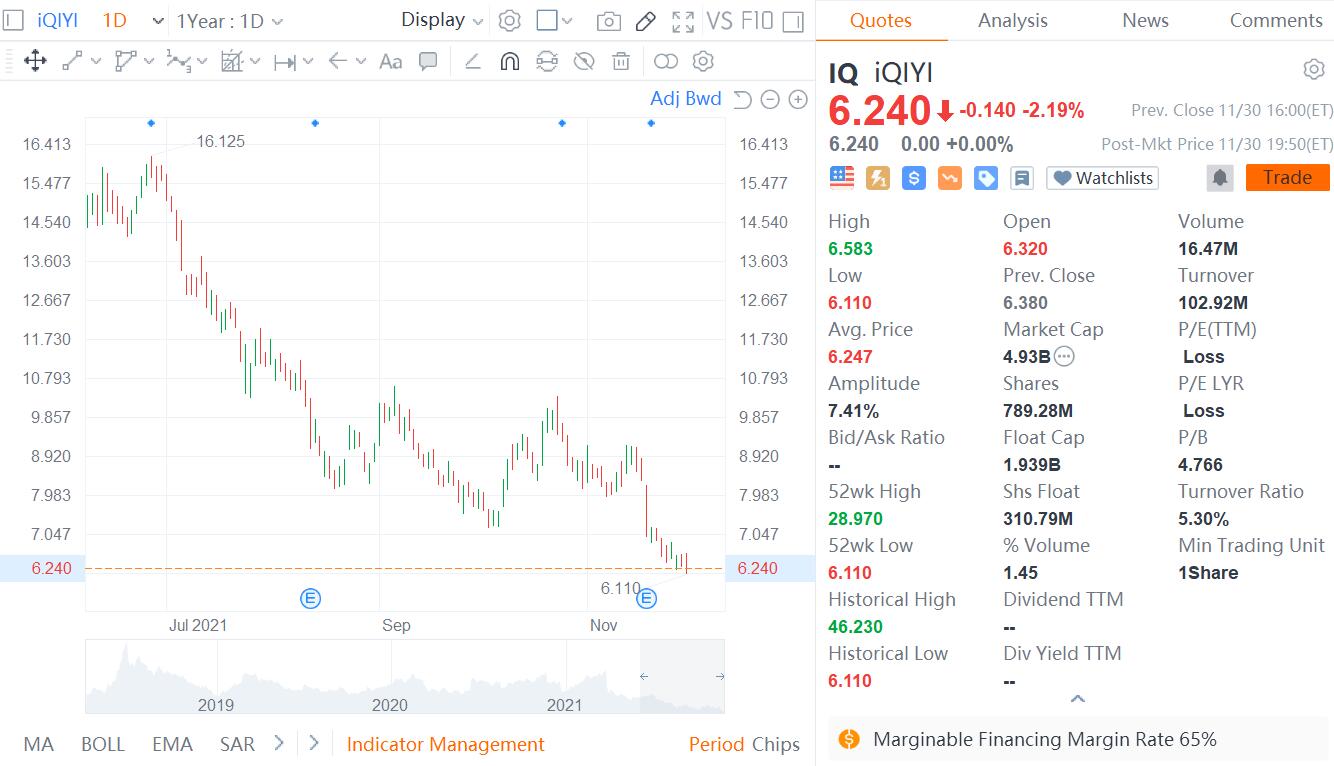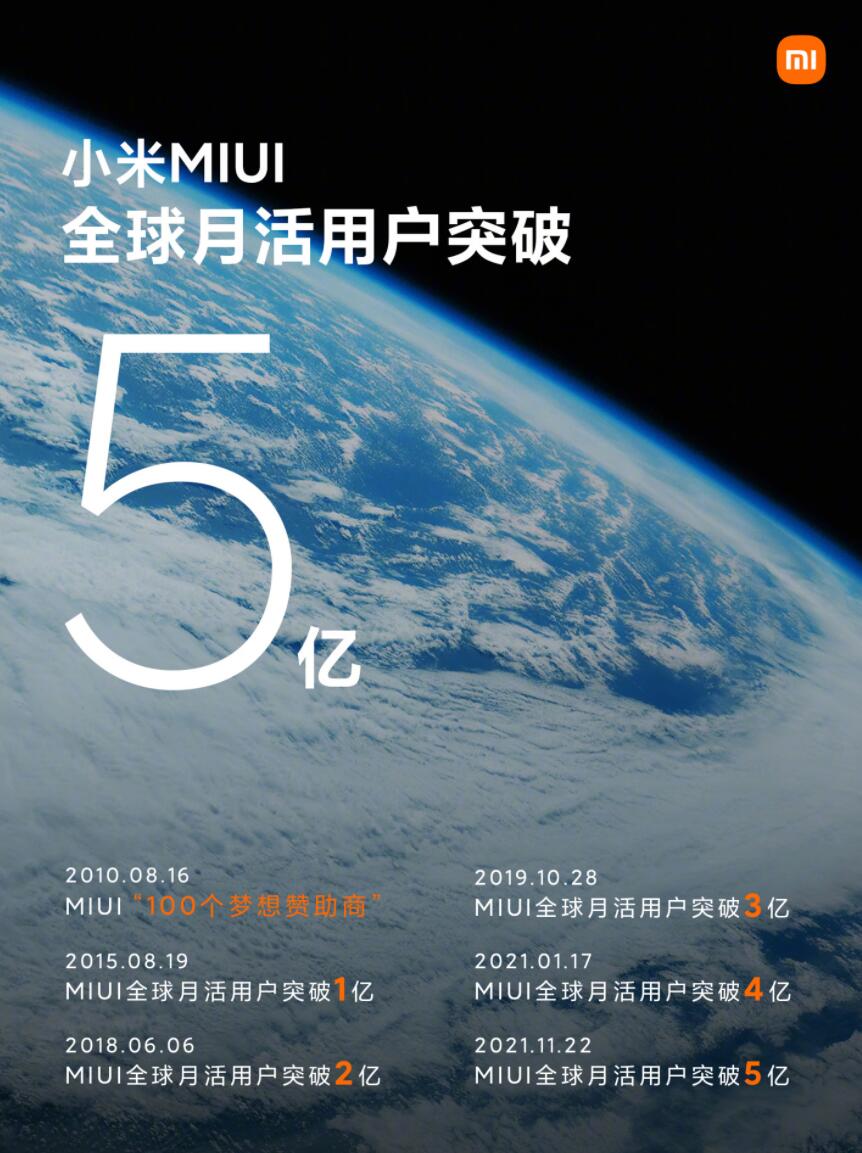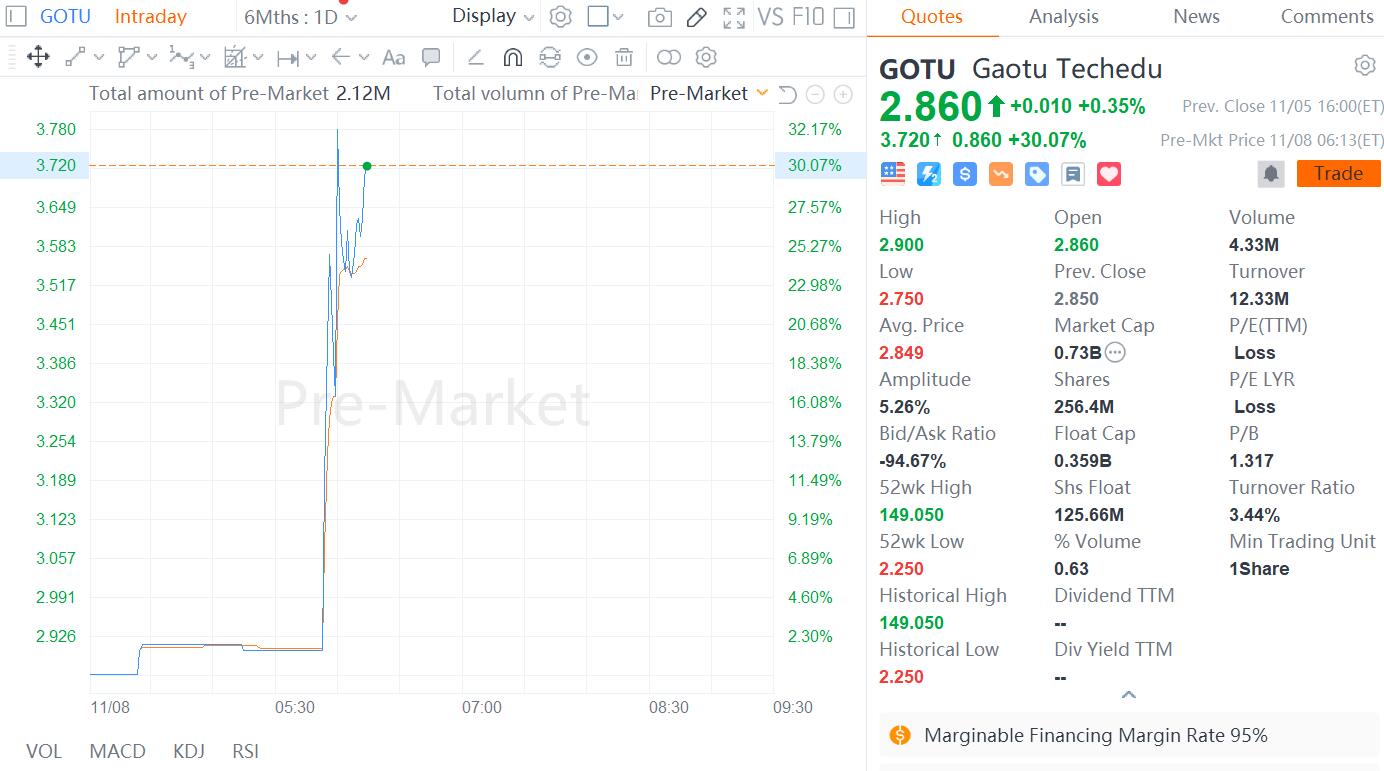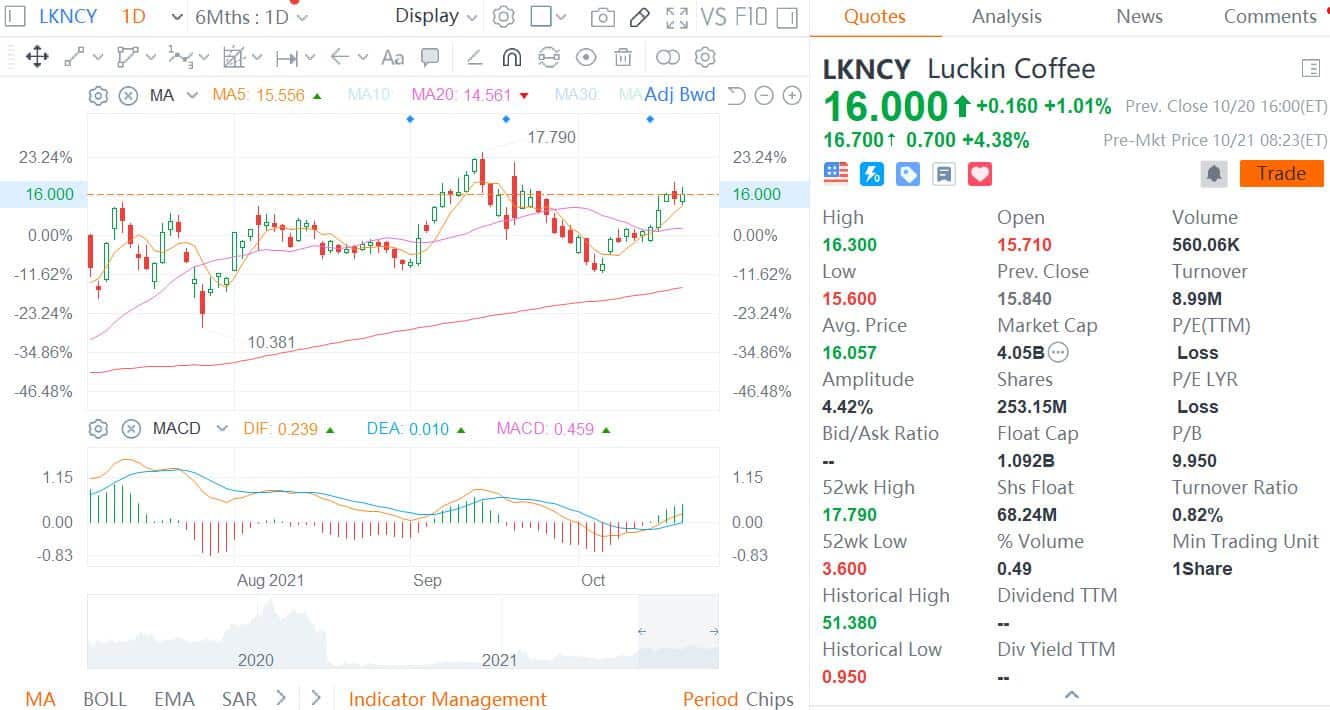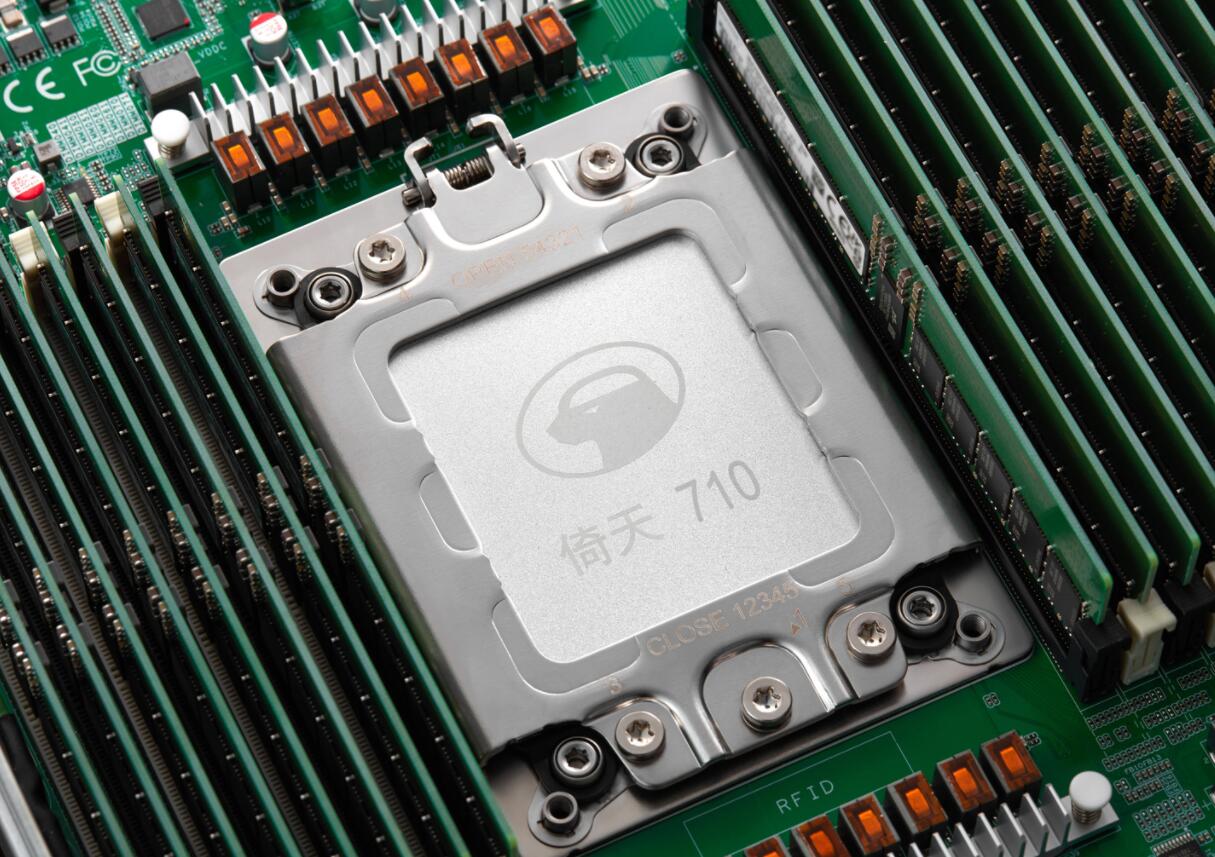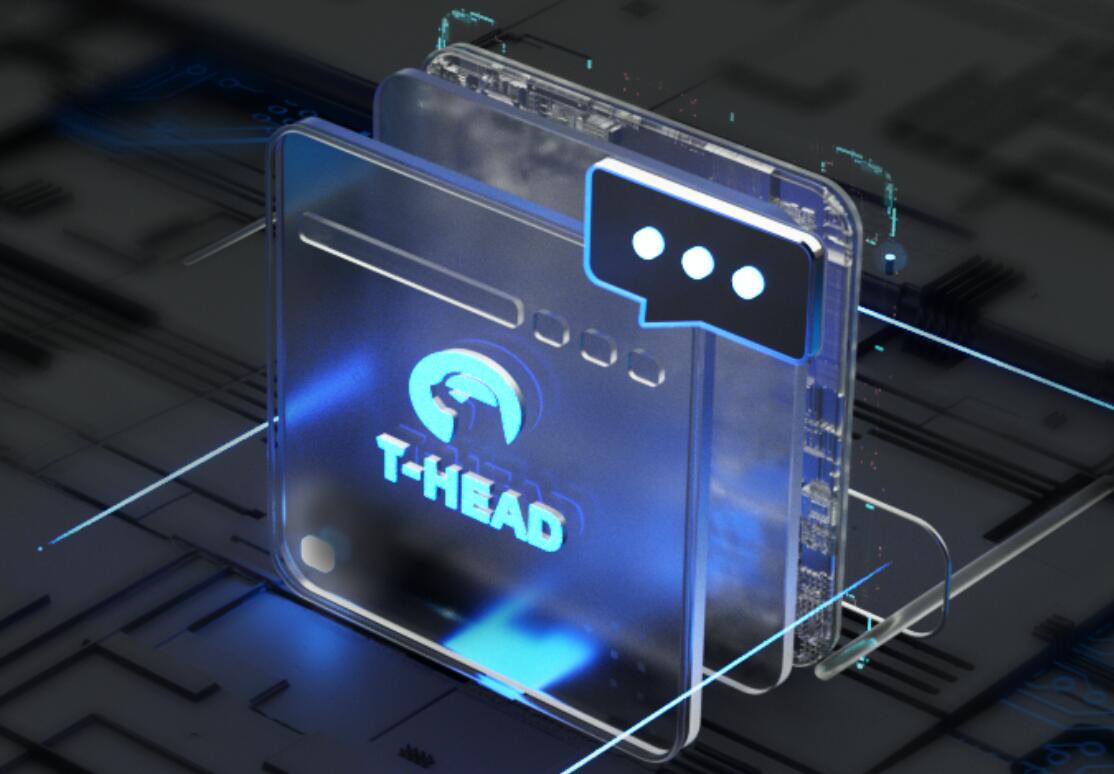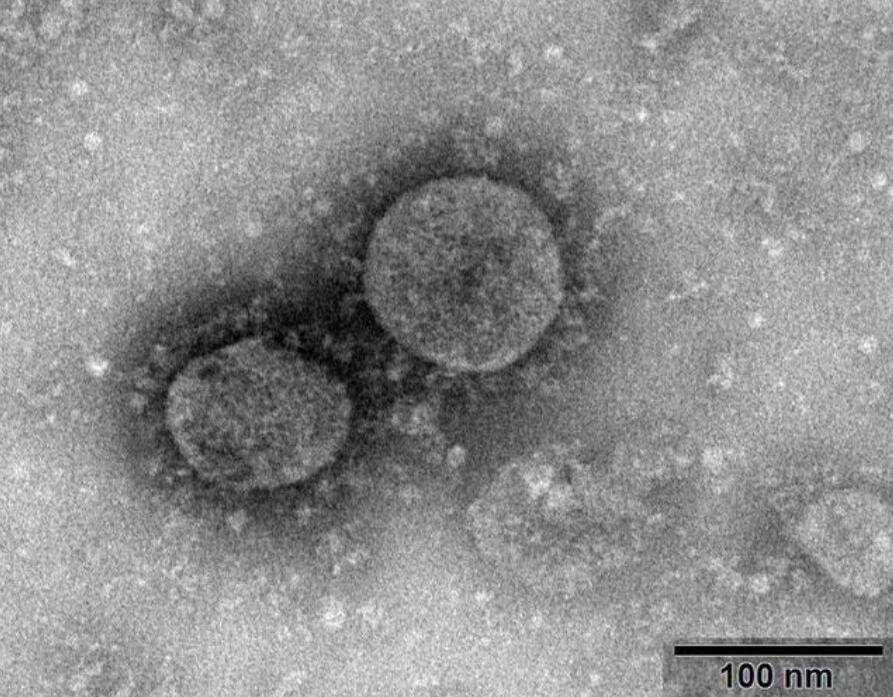
The National Science Review sponsored by the Chinese Academy of Sciences recently published a paper entitled "On the origin and continuing evolution of SARS-CoV-2".
The article mentions that the new coronavirus has 149 mutations and has evolved into two subtypes, S and L.
Among them, the S type is closer to the coronavirus from bats, which is a relatively old version of the virus, but it only accounts for 30% of the 103 virus genome research sequences.
Relatively "young" L-types are more popular, accounting for 70%.
The paper concludes that the L-type is more aggressive than the S-type due to its stronger spread and/or faster replication efficiency.
The news sparked public anxiety: Will mutation make new coronaviruses more difficult to control?
In this regard, Life Times interviewed Zhao Yan, deputy director of the Clinical Laboratory Center of Beijing You'an Hospital, Capital Medical University.
Will the virus mutations make epidemics more difficult to prevent and control?
"Everyone has no need to be afraid of 'mutations.'" Zhao Yan said that a virus is the simplest form of life. Its genetic code or genome is mainly concentrated on the nucleic acid strand. Any changes in the nucleic acid strand may affect the characteristics of the offspring. which performed.
Viral replication is a process in which the viral genome with the genetic code is broken, replicated, and then randomly reassembled in accordance with certain rules. In a single infection, a virus multiplies millions of times, and there is a possibility of mutation.
The mutation of the virus is affected by natural environmental factors, human immune resistance to the virus, and the structural characteristics of the virus itself. RNA viruses are more susceptible to mutation than DNA viruses.
Mutation is very common for viruses and is the virus' adaptation to changes in the external environment.
Virus mutation is the imprinting of virus transmission. Point mutation is a kind of mutation. It is just like the children look similar to their parents, but they are not the same. The progeny and parents of the virus may be different.
After some viruses mutate, the immune system can still recognize and have immunity, which does not affect the elimination of the virus.
Some virus mutations can escape the surveillance of the immune system, which is not conducive to the removal of the virus.
Viruses fight the human immune system through mutation, which is their law of survival.
There is no evidence that mutations in the new coronavirus affect immune clearance by the virus.
The above paper mentioned that 149 mutations were found in the strain, which is not too much change for a new coronavirus with more than 30,000 bases.
Whether the mutated virus strain has "qualitative" changes depends on changes in its pathogenicity, virulence, and transmission ability, and cannot be derived only by genetic sequence changes, and further rigorous verification is needed.
Zhao Yan believes that studying the genetic mutation and virus typing of the virus is of great significance for the development of more targeted vaccines and the expansion of detection methods, especially for the early warning of patients' conditions.
According to the current research, we need to continue to increase the research sample size and collect more clinical and laboratory evidence in order to be more convincing or used in clinical diagnosis and treatment.
Special Report: Fighting The New Coronavirus


